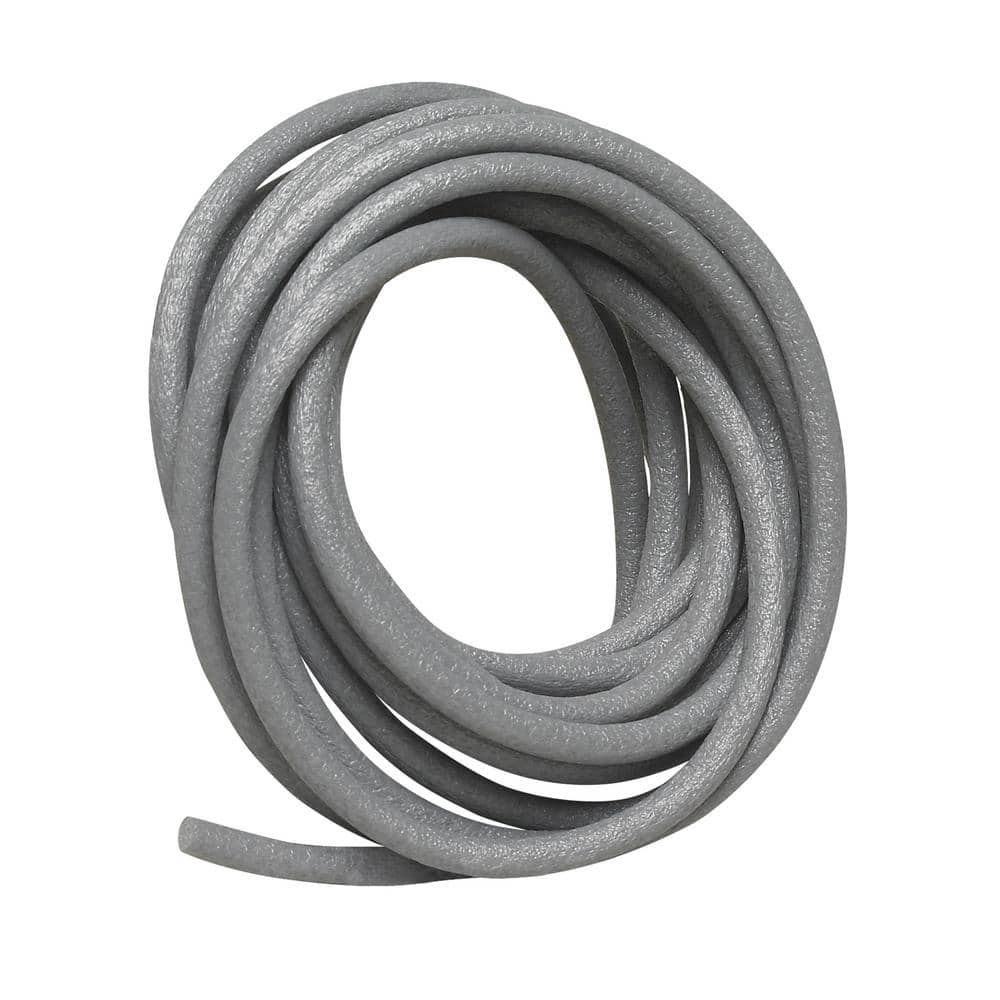I found this photo, but can't find any discussion about this, appears to be a technique to get the panel gaps exactly where you want them.
1. Is body filler strong enough to become the new edge of a body panel? Or is this not filler, something like 3M™ Marine High Strength Repair Filler? Looks like body filler...
2. Do you put tape on the backside and just fill the gap with filler?
3. Do you let the filler harden before creating the gap?
4. Does this only work on composites, or do shops do this with metal panels as well?
Thanks!
Dave
That’s my car / work
I’ll address your questions below.
First - make sure you’ve got your door gaskets in place and all adjustments are done and “locked” (IE - won’t be doing anymore adjustments of the hinges/latches, positioning of spider)..
1. Is body filler strong enough to become the new edge of a body panel? Or is this not filler, something like 3M™ Marine High Strength Repair Filler? Looks like body filler...
That is body filler - Rage Gold to be exact. No, the filler by itself is not strong enough. Once I cut the gap open, I used HSRF, West Systems & chop strand glass behind the filler to give it strength - it doesn’t take much.
2. Do you put tape on the backside and just fill the gap with filler?
I use tape over the gaskets and foam backer rod (looks like a thin pool noodle) inside the gap - but you need to use stuff that’s small enough so it does not push on the door or spider - you’re just looking for a sacrificial filler to stop the migration of the body filler.
3. Do you let the filler harden before creating the gap?
Yes. I take very accurate measurements from a fixed point on top of the door before I do any filler work. Once I sand the panels to be perfectly aligned, I go back to my measurement, draw my line where I want the gap and cut on the line with a Dremel Cutting wheel. The cut goes all the way through the body filler. Once I open the door again, I pull off all the tape, foam backer rod and check to make sure the alignment is perfect. I then use the HSRF or WS Epoxy/glass (I have even used Evercoat Fiberglass filler AKA Tiger Hair) to support the filler. I sand the gaps to a minimum of 1/8” to 3/16” which gives room for primer & paint.
4. Does this only work on composites, or do shops do this with metal panels as well?
I have done the same thing on steel cars - actually that’s where I learned how to do it.
Doing it this way takes a lot of time, but if you want perfect shut lines and perfectly aligned body panels - I know of no better way.
Foam Backer Rod -
Frost King Caulk Saver helps insulate and cushion while reducing the amount of caulk needed to fill or seal large openings.
www.homedepot.com


